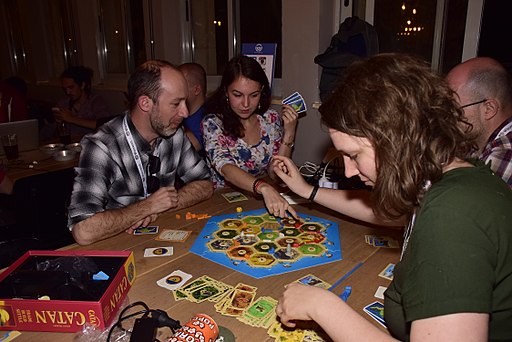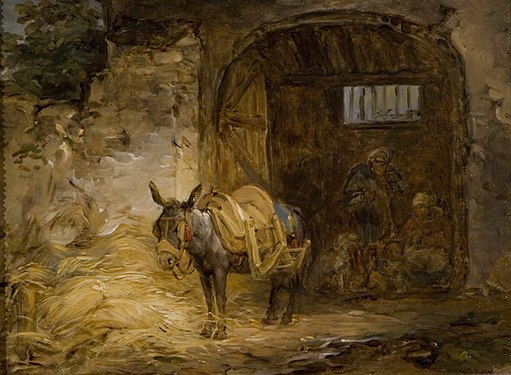Palms Here and There

A parlor palm at the Berlin-Dahlem Botanical Garden and Botanical Museum in Berlin, Germany. Photo by Bachelot Pierre J-P.
— Izzy






Just in time for Christmas, the Congress passed its giveaway to the rich known as the Republican tax reform package, and the Thief-in-Chief signed it into the law of the land. Afterward much merriment was enjoyed by them and their kind on the South Lawn of the White House, where boot licking was the order of the day. The corruption and depravity oozing from the swamp of Washington, D.C. is too disheartening to dwell upon at this festive season of the year.

The relation of the Nativity as an innocuous story about a baby and some shepherds is alright for small children who cannot grasp the larger political and humanitarian dimensions of the birth of Jesus, but for adults to ignore the story’s radical aspects and still profess an understanding of it borders on cognitive dissonance. The events set in motion by the birth of Jesus and the principles he taught in His later ministry were a radical departure from the politics of His time. Blessed are the meek? The rich have no chance at salvation until they give away all they have? Those were not standard beliefs then, nor are they now, despite what many people profess.
There is no “War on Christmas”, at least not in the way some conservatives formulate it. That is nonsense made up by people who, if they were confronted by the real Jesus today, rather than their Jesus of fable, would be horrified and demand that He be hauled away to prison. Based on what He is quoted as saying in the Gospels, He certainly would not have been there last week on the South Lawn of the White House ghoulishly celebrating the passage of a tax bill that steals from the poor to give to the rich. He would not have sided with evangelical voters who deem the election of any Republican, no matter how cretinous, better than the election of a Democrat. Who are these people to make war on Christmas by celebrating the birth of a baby who preaches war, hate, and intolerance rather than peace, love, and understanding? That story feeds the needs of empire and is on the side of the Romans. That’s not the true Christmas story, and there’s nothing funny about it.
― Ed. 
There are patterns throughout nature, from the rhythm of waves striking the shore, to the sand dune crests farther up the beach, to the leaves and flowers on plants and trees inland. Many of those patterns arise because of physical constraints operating through a medium, for instance the waves rise and fall regularly due to tidal influences from the Moon above and gravity from the Earth below, while sand grains in the dunes react to wind and water, and leaves and flowers allocate space for themselves in tune with the Sun and their plant neighbors.


We seem to prefer patterns over chance, and order over chaos, and therefore we sometimes struggle to impose a pattern where perhaps none exists. It comforts us. It can even be a matter of belief. Some of us, maybe most of us, find it unsettling to contemplate a natural world and a universe where things happen randomly with no rhyme or reason. How can you set a schedule for yourself and your family in such a universe when you are unsure what might happen from one moment to the next? How can you plan your life, if you are so inclined? Depending on your belief in the reliability and predictability of the patterns you see in nature, you may be able to conduct your daily life with some confidence everything will go mostly as planned. With that in mind as you go about your everyday affairs, you may take time to notice how the patterns in the natural world around you guide your beliefs, whether or not you believe there is, in turn, someone or other guiding those patterns.
― Izzy 